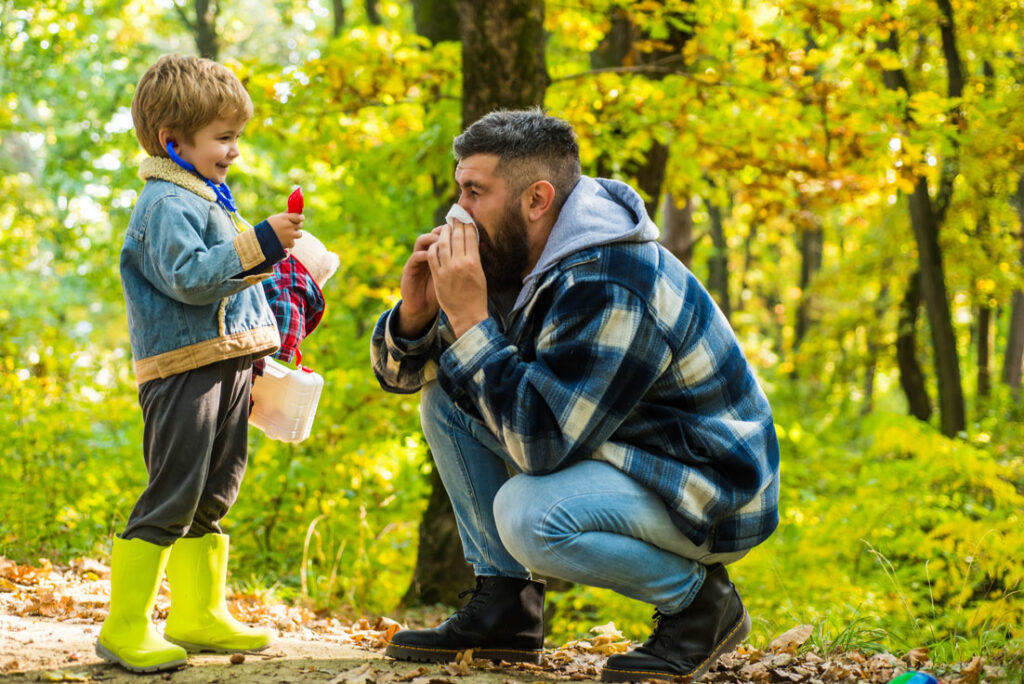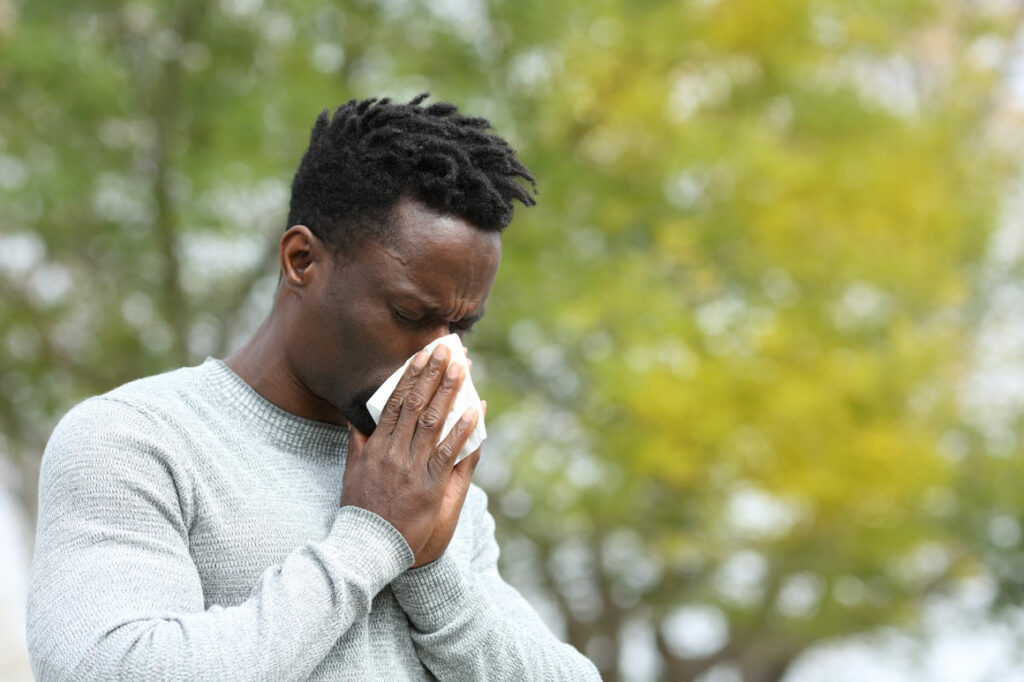Common Fall Allergens & How to Prevent Them
If you are an allergy or asthma patient, autumn can bring a host of allergens that can result in frequent flare-ups.
Working closely with your doctor and healthcare team can help prevent and relieve the symptoms of severe allergies and asthma. You can also reduce the frequency of attacks by recognizing the most common fall allergens and how best to avoid them.
Watch the video: Common Fall Allergens & How to Prevent Them
Common Fall Allergy Triggers
These are the top allergens to look out for during this time of year.
Ragweed
The number one culprit of fall allergies is ragweed, a flowering plant that grows nationwide. Blooming starts in August, and a single plant can produce up to a billion grains of pollen, causing allergic reactions until the first winter freeze kills the plant.
Even if ragweed doesn’t grow in your area, the wind can carry its pollen for hundreds of miles. It is estimated that 15% of Americans experience symptoms from a ragweed pollen allergy.
Mold and Mildew
Mold and mildew are fungi that thrive in humid indoor and outdoor places. Autumn provides the perfect conditions for the spores to grow and multiply. Unfortunately, the wind and raking of leaves release mold spores into the air, causing allergy symptoms to worsen.
Dust Mites
These microscopic arthropods live inside our homes, feeding on small flakes of our skin that we naturally shed around the house.
Dust mites are common year-round, but because we spend more time indoors as temperatures drop, we are more susceptible to suffering allergies because of them.

Tips to Prevent the Top Fall Allergens
- Monitor your local pollen count. You can enter your zip code here to check.
- Try to stay indoors as much as possible, especially during peak pollen hours (mid-morning to early afternoon).
- Consider wearing a painter’s mask to filter out pollen when going outside.
- Keep home and car windows closed.
- Leave your shoes and jacket at the door to avoid dragging pollen into your home.
- Dust and vacuum your home regularly, including upholstery.
- Wear a filtering mask while cleaning to avoid breathing in allergens.
- Wash your linens with hot water and regularly wash your curtains.
- Avoid line drying your laundry outdoors or in rooms with open windows.
- Don’t allow fallen leaves to pile up in your yard. Rake them regularly and remember to remove leaves from getters.
- Use protective masks when raking leaves.
- Consider investing in a dehumidifier to keep air between 35 and 50 percent humidity, as this will help prevent the growth of mold inside your home.
- Clean your kitchen and bathrooms regularly.
- Remember to clean all air vents in your home before turning on the central heating for the first time.
Biologic Therapy for Fall Allergies and Asthma
Biologic therapy can address the core issues associated with allergies and asthma. This line of treatments targets specific molecules within your immune system known to cause airway inflammation.
By neutralizing these molecules and proteins, biologic drugs can significantly reduce the frequency and severity of disease flare-ups.
Ask your doctor if biologic therapy can be an effective option for you.





